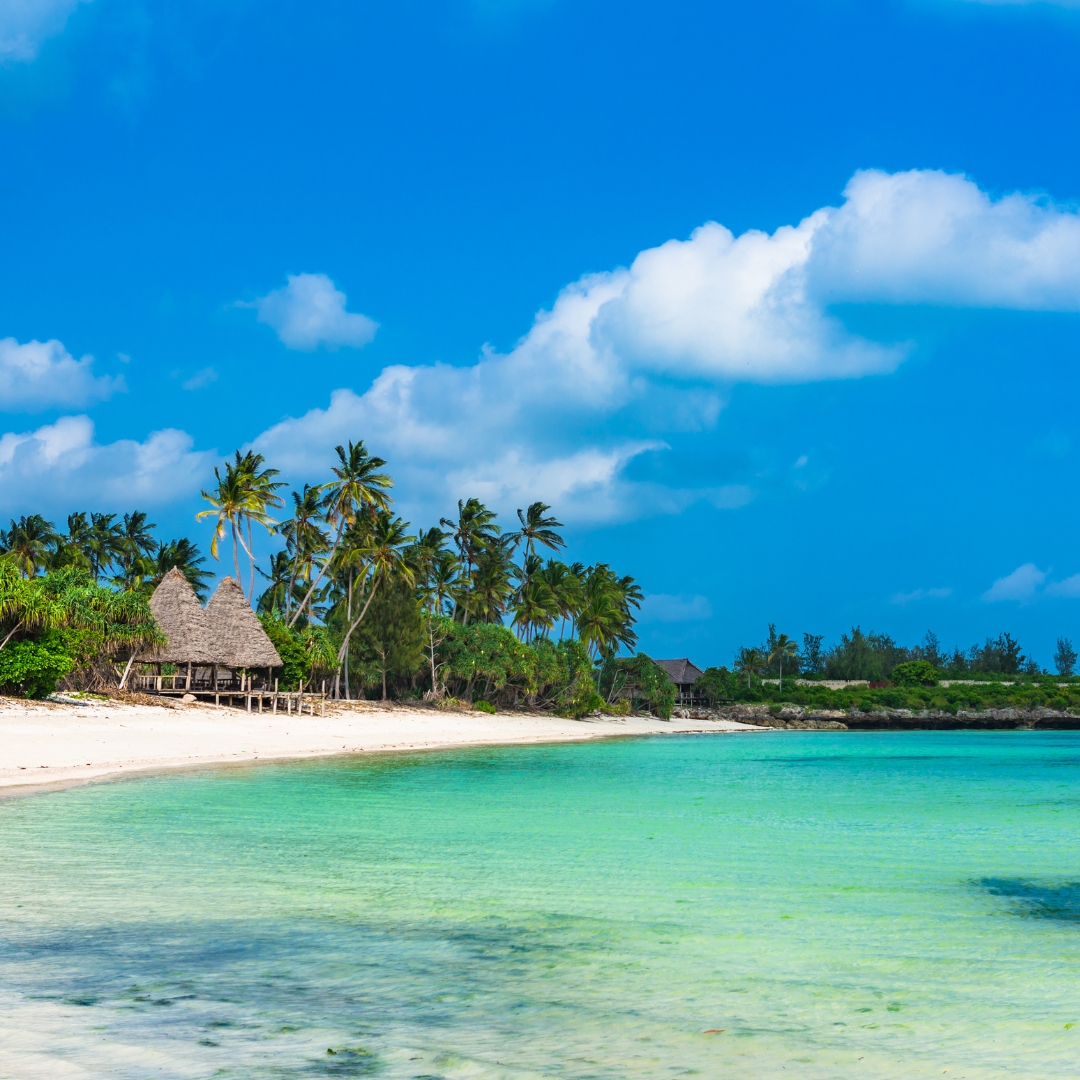Sailing the Indian Ocean: Exploring Tanzania’s Coastal Beauty

The Indian Ocean, with its warm waters, vibrant marine life, and numerous islands, has long been a sailor’s paradise. Nestled along its western edge is Tanzania’s stunning coastline, a stretch of natural beauty and rich cultural history. With pristine beaches, lively coastal communities, and diverse marine ecosystems, Tanzania provides a unique sailing experience. This guide invites you to embark on a maritime journey along the Swahili Coast, immersing yourself in the wonders of Tanzania’s coastal beauty and heritage.
The Tanzanian Coastline: An Overview of Scenic Wonders
Tanzania’s coastline stretches for over 1,400 kilometers, presenting a tapestry of sandy shores, mangrove forests, coral reefs, and idyllic islands. From the bustling port city of Dar es Salaam to the serene beaches of Bagamoyo and Pangani, the Tanzanian coast offers a plethora of visual treats. The famous Zanzibar archipelago, with its historical Stone Town and dreamy beaches, stands as a testimony to the region’s timeless appeal. Navigating this coast, sailors are constantly reminded of the dynamic interplay between land and sea, where each bend brings forth a new spectacle.
Prime Sailing Locations: From Dar es Salaam to Tanga
Begin your sailing journey at Dar es Salaam, Tanzania’s largest city and main port. As you head north, the historic town of Bagamoyo welcomes with its ancient ruins and artists’ community. Further along, Pangani and Tanga offer serene coastal landscapes, interspersed with old colonial architecture and bustling markets. The islands of Pemba and Mafia, though less frequented than Zanzibar, are hidden gems that promise pristine marine environments and unique cultural experiences. Each location offers distinctive attractions, be it vibrant city life, historical landmarks, or untouched natural beauty.
Cultural Coastal Communities: Meeting the Swahili People
The Swahili Coast is more than just a geographical expanse; it is a melting pot of cultures. For centuries, Arab traders, African tribes, and European colonizers have all left their mark on this region. The Swahili people, with their distinct language and customs, are the heartbeat of the coast. As you dock at various ports and towns, take the opportunity to interact with locals, partake in their daily routines, and understand their deep connection with the ocean. From traditional dhow-building workshops to vibrant coastal festivals, the Swahili culture adds richness to the Tanzanian sailing experience.
Safety at Sea: Navigating the Tanzanian Waters
Like any maritime journey, safety is paramount when sailing along the Tanzanian coast. While the Indian Ocean’s waters are generally calm, it’s crucial to be aware of changing weather patterns, especially during the monsoon season. Knowledge of local tides, currents, and potential hazards like coral reefs is essential. Furthermore, engaging with local sailing communities can provide invaluable insights and tips. Equip your vessel with essential communication tools and safety gear to ensure a smooth and secure journey.
Marine Parks and Reserves: Protecting Oceanic Beauty
Tanzania’s commitment to preserving its marine biodiversity is evident in its numerous marine parks and reserves. The Mafia Island Marine Park and Mnazi Bay-Ruvuma Estuary Marine Park are examples of areas dedicated to protecting delicate coral reefs, mangroves, and the myriad marine species they host. These protected zones offer sailors a chance to witness the ocean in its purest form, from vibrant coral gardens teeming with fish to serene seagrass meadows that serve as turtle nesting sites. Adhering to park guidelines ensures that these natural treasures remain undisturbed for future generations.
Fishing Traditions: The Dhow and Its Role in Tanzanian Sailing
The dhow, a traditional wooden sailing vessel, has been an integral part of Tanzanian coastal life for centuries. Built using age-old techniques and often with hand-carved designs, these boats represent the region’s rich maritime heritage. Dhows are primarily used for fishing, with communities relying on the ocean’s bounty for sustenance. Observing or even participating in traditional dhow fishing trips offers a glimpse into the rhythm of coastal life, where time seems to ebb and flow with the tides.
Seasonal Variations: Best Times to Sail the Tanzanian Coast
While Tanzania’s coast is beautiful year-round, certain times are more favorable for sailing than others. The months from June to September, known as the cool season, offer pleasant temperatures and calmer seas. Conversely, the monsoon months, especially April and May, can bring heavy rains and strong winds. Knowledge of these seasonal variations ensures that sailors can make the most of their Tanzanian maritime adventure, be it through smooth sailing, optimal diving conditions, or vibrant coastal festivals.
Tanzania’s coastline, with its scenic wonders, rich culture, and maritime heritage, offers an unparalleled sailing experience. As the Indian Ocean cradles your vessel, and the Swahili rhythms resonate in the breeze, you realize that sailing along Tanzania’s coast is not just about exploring a destination; it’s about immersing oneself in a profound narrative of nature and culture. Whether you’re a seasoned sailor or a curious traveler, Tanzania’s coastal beauty awaits, promising memories that will linger long after the journey’s end. Sail forth, and let the Tanzanian shores narrate their timeless tale.


